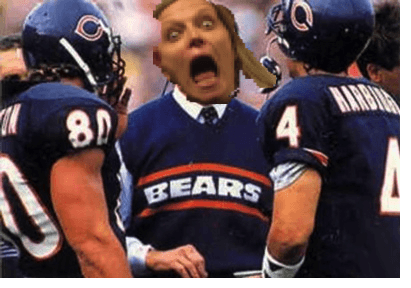Tag: postural
Course Notes: Cantrell’s Impingement and Instability, 2015 Edition
Third Time’s a Charm A trip home and hearing Mike Cantrell preach the good PRI word? I was sold. Impingement…
Course Notes: PRI Cervical Revolution REMIX
Note: I made some errors on the first rendition of this blog that were corrected after speaking with Eric Oetter.…

Course Notes: Pelvis Restoration Reflections
Pelvises Were Restored It was another great PRI weekend and I was fortunate enough to host the hilarious Lori Thomsen…
Course Notes: PRI Cervical Revolution
Where are all the People? I recently made the trek to Vermont for the first rendition of PRI’s Cervical Revolution…
Course Notes: Cantrell’s Myokin Reflections
Third Time’s a Charm Mike Cantrell was in my neighborhood to teach Myokinematic Restoration by the folks at PRI. And…
Course Notes: Advanced Integration and PRC Reflections
I Passed I officially became a Jedi this past December after retaking Advanced Integration and going through the Postural Restoration…
Course Notes: PRI Vision Integration for the Baseball Player
The first Section Where I Usually Say Something Like Whew or This Was the Best Course Ever! Phoenix has yet…
Course Notes: The Last Craniocervical Mandibular Restoration Evahhhhh
You’d Think I’d Learn it the First Time Around You’d think, but CCM is one of the hardest PRI courses…

Course Notes: PRI Impingement and Instability – Cantrell Edition
A Quick Trip Home I made my first trip back to my roots since moving out west to watch Mike Cantrell’s…
The End of Pain
I’m Done Treating Pain. Yes. You read that correctly. I’m over it. Several different thoughts have crept into to my…
A Fly on the Wall of the Hruska Clinic
The Saga Continues This post is way overdue, but a lot has been going on in life. I have just…
Treatment at the Hruska Clinic: The Finishing Touches
For part 1, click here. For part 2, click here. A Low Key Day 3 Day three consisted mostly of…
Course Notes: PRI Integration for the Home
The Pilgramage One of the many reasons I was drawn to make the trek to Lincoln was to experience my…
Treatment at the Hruska Clinic: PRI Dentistry and Vision
For part 1, click here For part 3, click here Jaws will Drop I’m in the dentist chair, The room…
Treatment at the Hruska Clinic – Initial Evaluation
For part 2, click here. For part 3, click here. “Do you produce enough saliva?” That was the first interview…
